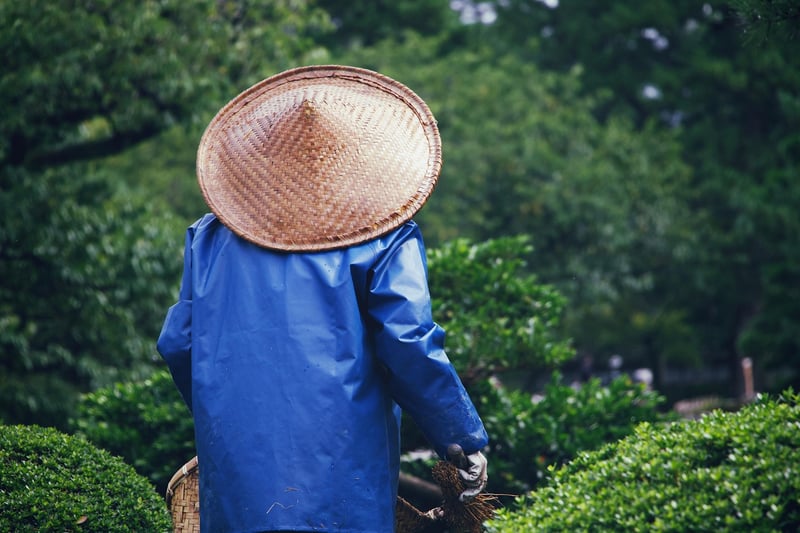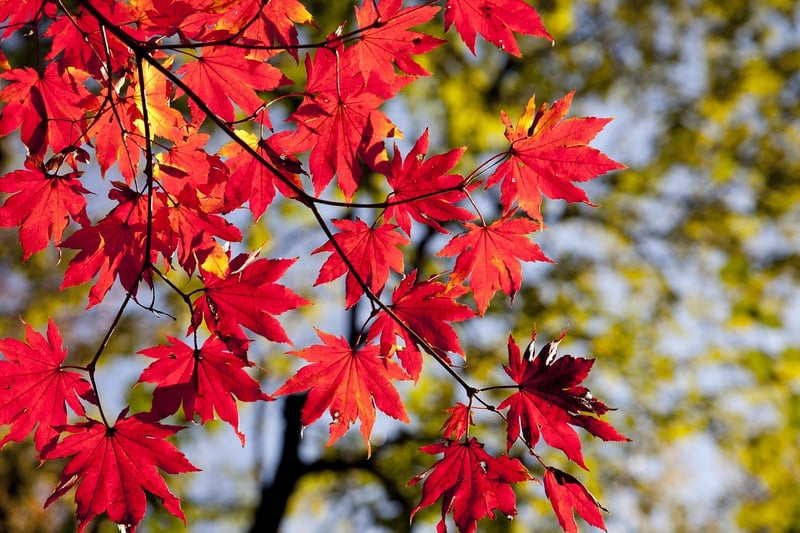Fall Transitions
Optimizing Garden Growth Throughout the Year + Fall Transitions

Garden Growth Throughout the Year
Having a flourishing garden throughout the year requires careful planning and maintenance. Different seasons bring unique challenges and opportunities for your plants to thrive.
Spring
Spring is a time of new beginnings for your garden. It's essential to start preparing your garden by cleaning up debris, pruning, and adding compost to the soil to ensure healthy growth.
Summer
Summer is the peak growing season for most plants. Regular watering, mulching, and monitoring for pests and diseases are crucial during this time to maintain your garden's health.
Fall
As summer transitions to fall, it's essential to adjust your gardening practices accordingly to prepare for the upcoming season changes. Fall is a great time to plant cool-season vegetables and flowers that thrive in lower temperatures.
Winter
Winter is a time for your garden to rest. Protect your plants from freezing temperatures by mulching and covering them. Consider growing winter-hardy plants like evergreens to add color to your garden during the colder months.
Fall Transitions
Fall is a beautiful season of change in the garden. Here are some tips to optimize your garden during the fall transition:
- Plant fall-blooming flowers like mums and asters to add color to your garden.
- Clean up fallen leaves regularly to prevent diseases and maintain a tidy garden.
- Harvest any remaining vegetables and herbs before the first frost.
- Start planting spring-flowering bulbs like tulips and daffodils for a beautiful display next year.
- Consider adding cold frames or row covers to extend the growing season for certain crops.
By following these tips and adjusting your gardening practices throughout the year, you can enjoy a healthy and thriving garden in every season.

